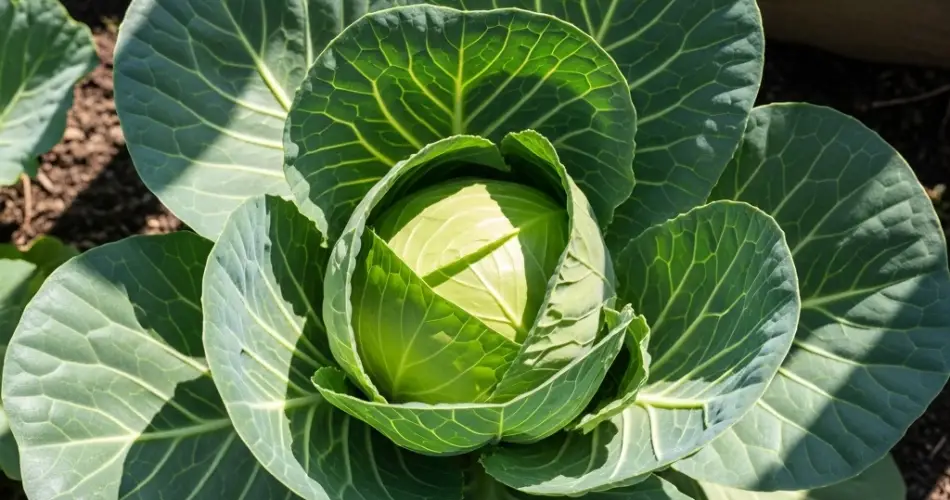Harvesting cabbage at the right moment is essential for getting firm, flavorful heads that store well and offer peak nutrition. If picked too early, cabbage heads may be underdeveloped and loose; if left too long, they can split or become bitter. Whether you’re growing green, red, or savoy cabbage, knowing the right time and method for harvest can make all the difference.
1. Know the Expected Maturity Time
Each cabbage variety matures at a different rate. Most types are ready between 70 and 100 days after transplanting, but this can vary based on weather and growing conditions. Check the seed packet or variety label for specific days to maturity. Note that early-season cabbages tend to mature faster but have smaller heads, while late-season types take longer but produce larger, more compact heads.
2. Monitor Head Size and Firmness
One of the best indicators of cabbage readiness is head size. While the size can vary by variety, most mature cabbage heads reach 4 to 10 inches in diameter. However, size alone isn’t everything—firmness is key. Gently squeeze the cabbage head with both hands. If it feels solid and dense, it’s likely ready for harvest. If it still feels soft or yields easily to pressure, give it more time.
3. Watch for Leaf Changes
The leaves of a maturing cabbage head will start to curl inward and tightly wrap around the forming ball. Outer leaves may begin to turn slightly pale or yellow at the tips as the head draws more nutrients from them. This is a natural part of the process and a sign that the head is nearly ready.
If you notice the outer leaves beginning to crack or the center starting to bulge, it’s a sign that the cabbage is over-mature and at risk of splitting. Harvest immediately to avoid waste.
4. Avoid Head Splitting
Split cabbage heads are a common issue when cabbages are left in the ground too long or experience a sudden surge in water after a dry spell. When roots absorb too much moisture quickly, internal pressure builds and causes the head to crack open.
To prevent this, try the following:
-
Water consistently and evenly.
-
Mulch around plants to maintain moisture balance.
-
If rain is forecast after a dry period and heads are nearly mature, consider harvesting early to avoid splitting.
5. Time of Day Matters
The best time to harvest cabbage is in the morning, when temperatures are cooler and heads are full of moisture. Morning harvest helps preserve freshness and reduces the chances of wilting or bruising during handling.
6. Use a Sharp Knife
To harvest, take a sharp, clean knife and cut the cabbage at the base, leaving the outer leaves and part of the stem intact. These remaining parts can continue to grow and sometimes produce small secondary heads, especially with spring and early summer varieties.
7. Post-Harvest Care
After cutting the heads, gently remove any damaged or discolored outer leaves. Avoid washing the cabbage unless you’re ready to use it immediately, as excess moisture can speed up spoilage. Shake off any dirt, and allow the cabbage to dry in a shaded area for a few hours before storing.
8. Storage Tips
Cabbage stores best in a cool, humid environment. If you have a root cellar, that’s ideal. Otherwise, keep it in the vegetable drawer of your refrigerator, wrapped loosely in paper or placed in perforated plastic bags. Under optimal conditions (32°F or 0°C with high humidity), cabbage can last for several months.
Check stored heads regularly for signs of mold, rot, or soft spots, and remove any deteriorating leaves to prevent spoilage from spreading.
9. Bonus Tip: Succession Planting
To ensure a steady cabbage supply, consider planting in stages. Sow seeds or transplant seedlings every few weeks during the growing season. This allows for staggered harvesting, giving you fresh heads over a longer period and reducing the need to store large quantities at once.
Harvesting cabbage at the perfect time ensures not only better flavor but also improves shelf life and nutritional value. With the right techniques and a bit of observation, you can enjoy crisp, fresh cabbage straight from your garden for months to come.
